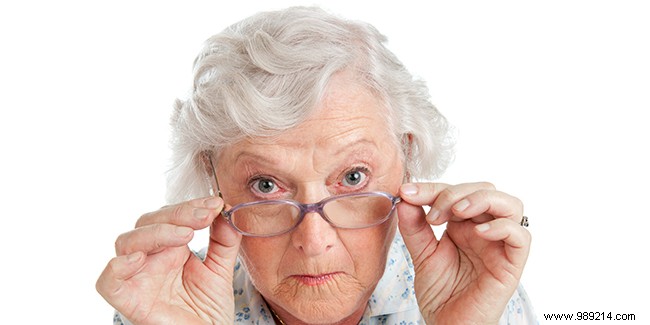
Age-Related Macular Degeneration (AMD) is a degenerative disease of the retina of the eye that begins after the age of 50. This disease affects the central area of the retina called the macula. AMD is a chronic disease, which requires care for several years, and is progressive. A person with AMD sees their central vision diminish while their peripheral vision remains intact.
AMD affects the macula, the center of the retina of the eye, which is responsible for seeing fine details and colors. This part of the eye transmits 90% of the visual information processed by the brain. AMD is caused by too rapid aging of the macula. There are two forms of Age-Related Macular Degeneration:
Two main factors have been identified in the onset of AMD:age and smoking. Smokers are 2.5 times more likely to develop the disease. Other factors such as heredity, exposure to light, eye color, high blood pressure or obesity were put forward for a time but they are not proven today.
AMD progresses most of the time without apparent symptoms. At an advanced stage, the appearance of a spot in the center of the visual field, called a scotoma, is the main characteristic of the disease. However, before reaching this stage, some warning signs of AMD can be spotted:
One of these signs should prompt you to consult an ophthalmologist, the only one who can diagnose AMD. The diagnosis is made by examining the back of the eye to detect any abnormalities, signs of AMD. If this is the case, the patient is subject to other examinations:angiography, which photographs the vessels and tissue of the retina, and optical coherence tomography (OCT) which makes it possible to explore the layers of tissue constituting the retina.
There is also the Amsler grid test that anyone can do at home, eye by eye, to check for the presence or absence of AMD symptoms.
Although the first signs of the disease often go unnoticed, an early diagnosis of AMD is essential. After the age of 50, screening for this eye disease allows rapid treatment and the implementation of measures that teach the patient to take advantage of their peripheral vision, which remains intact, unlike central vision.
Only exudative or "wet" AMD can be treated with anti-angiogenic treatment, unlike the atrophic form for which there is no treatment. This involves blocking the formation of vessels in the eye by injecting it several times a year with a VEGF (vessel growth factor) inhibitor. The second treatment available is dynamic phototherapy. This treatment also consists of slowing the growth of the vessels by subjecting the eye affected by AMD to a so-called “cold laser” light following the injection of a dye intravenously. In cases of advanced AMD, the patient benefits from "low vision" rehabilitation thanks to the interventions of an orthoptist who learns how to make the best use of visual capacities by mobilizing the undamaged areas of the retina; an occupational therapist who helps to adapt the living environment of the patient and a locomotion instructor to learn how to move with an altered visual field.